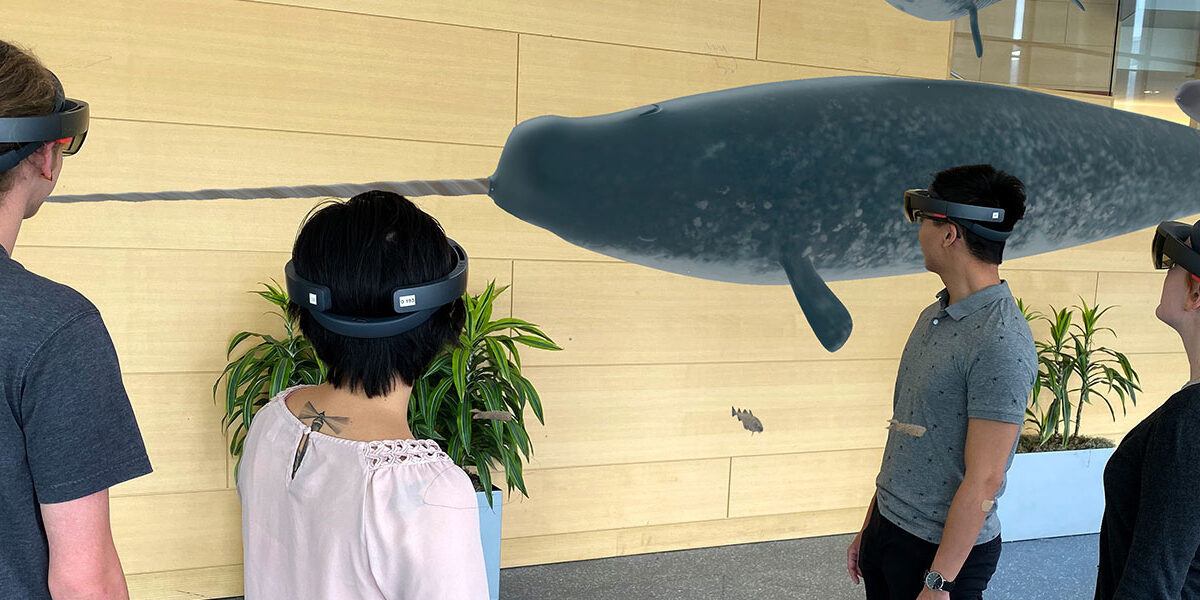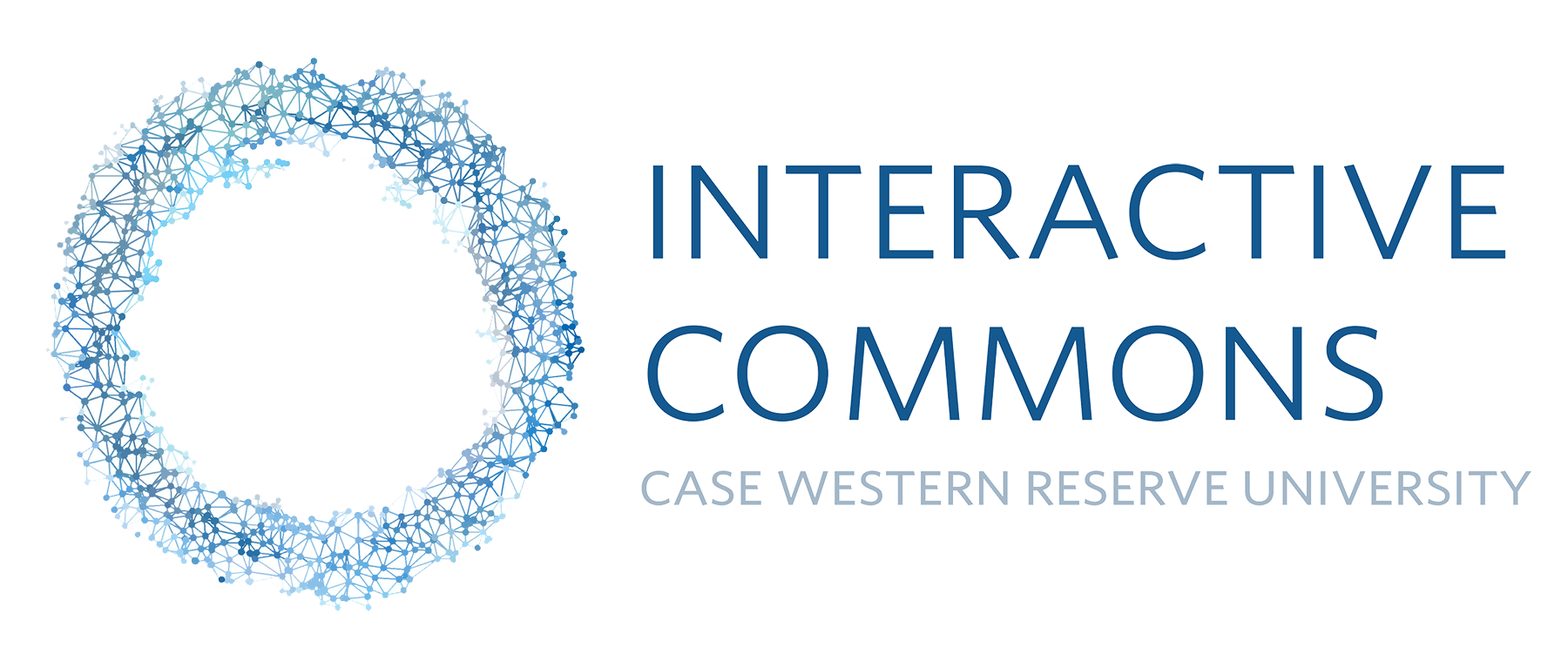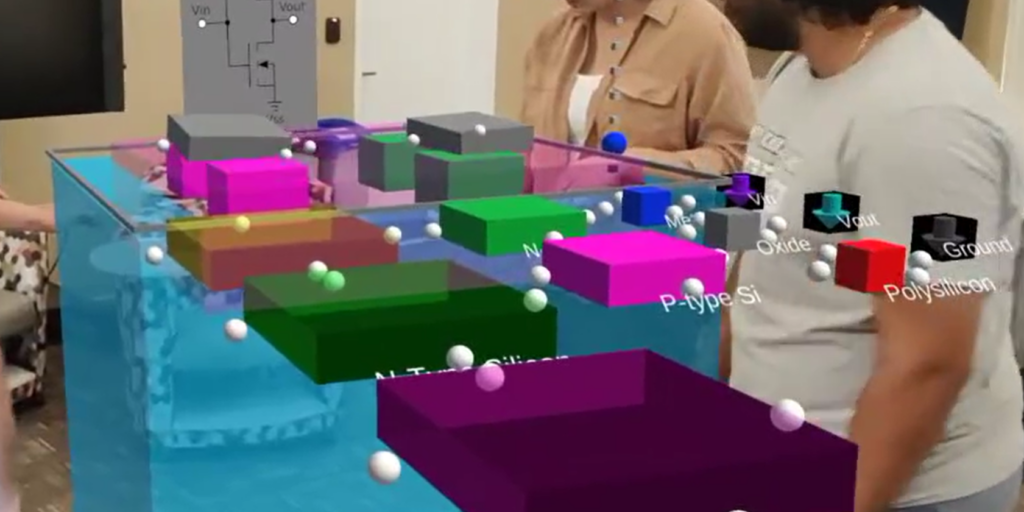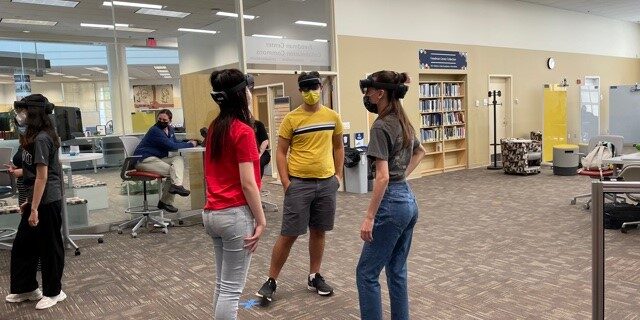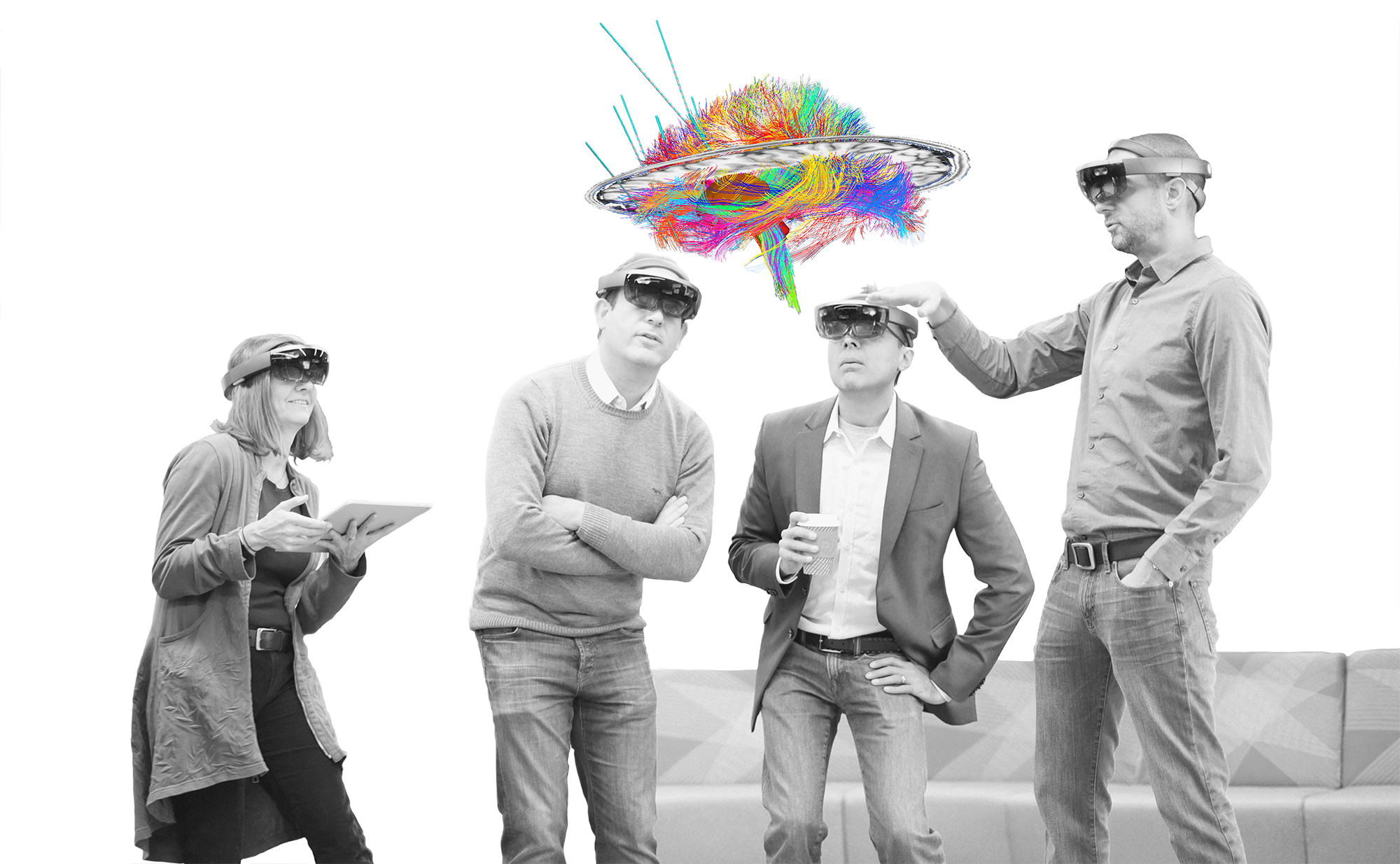IC Fellows Projects

PitchCoach
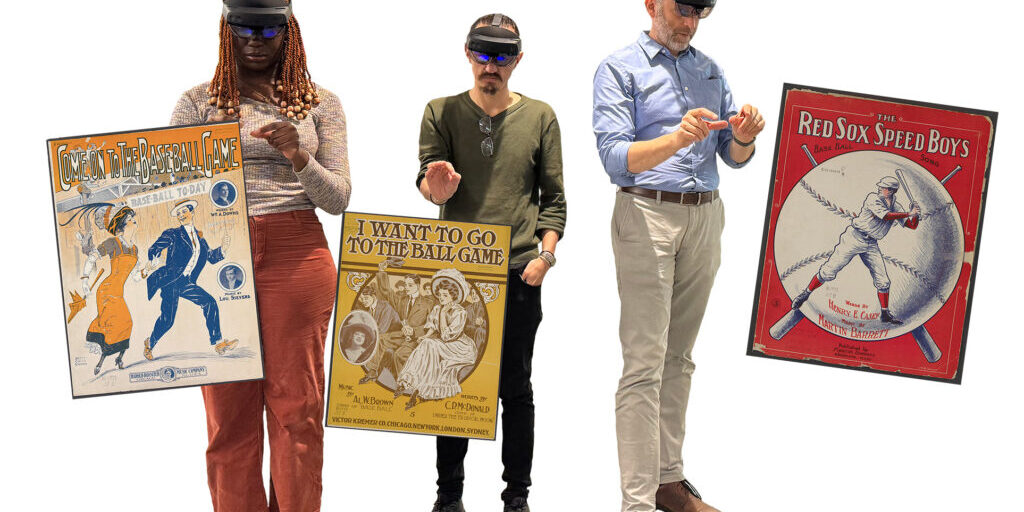
LightBox
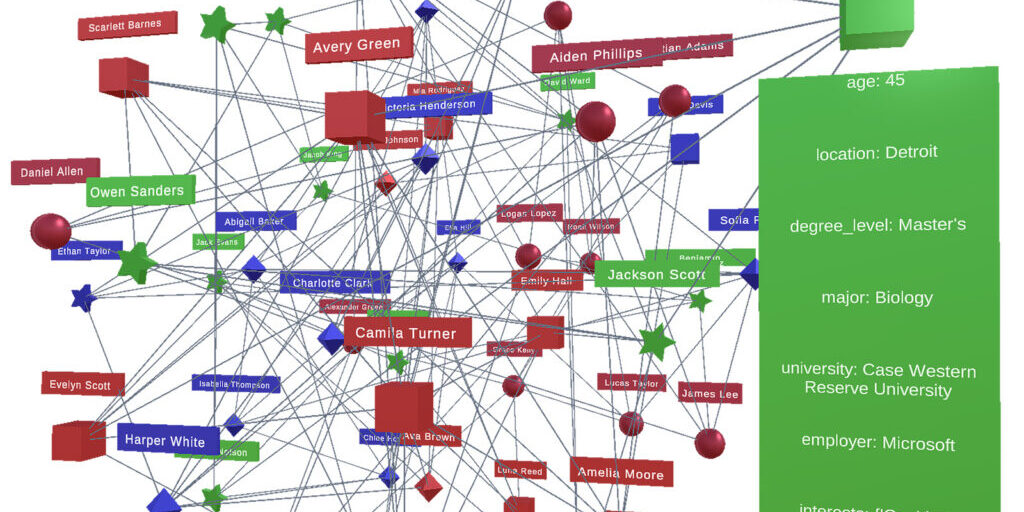
Net2Work
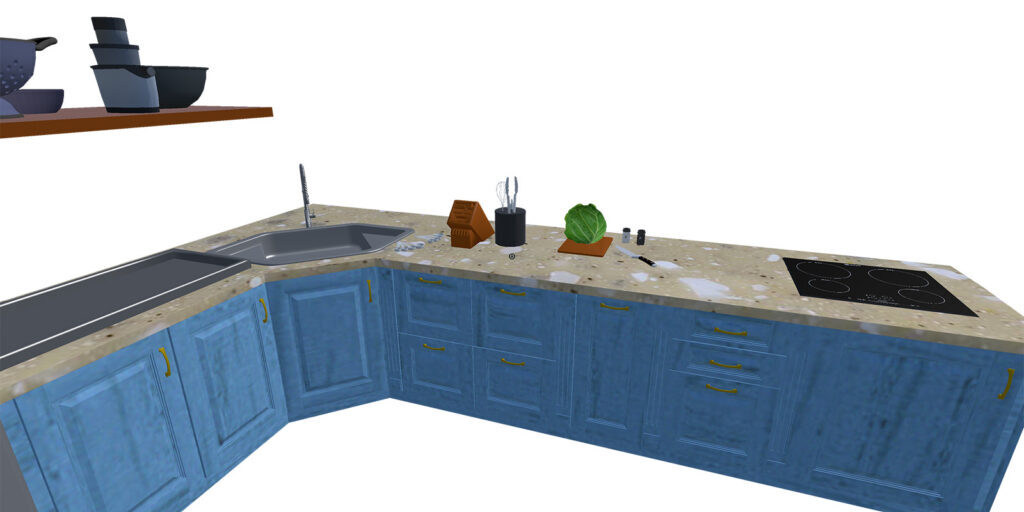
Virtual Kitchen
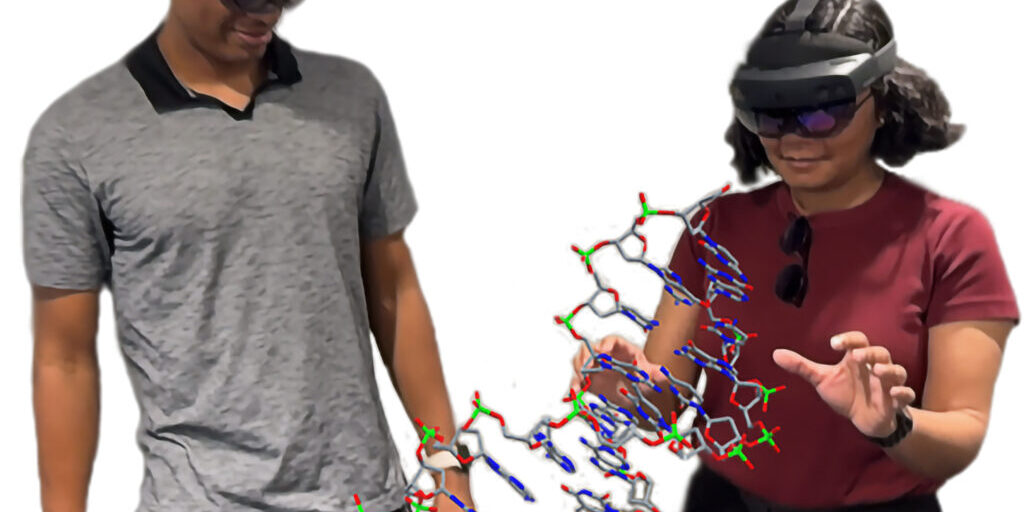
ChiReality
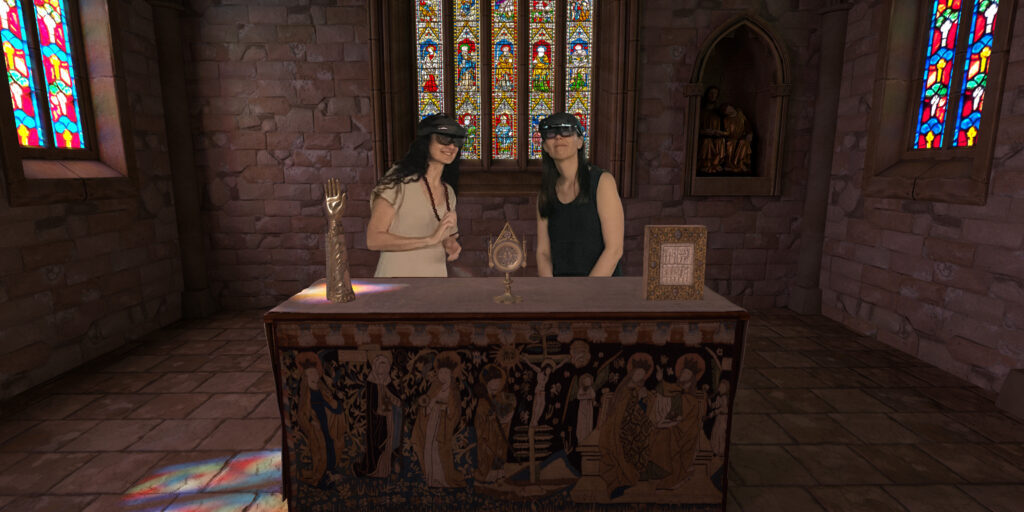
Immersive Realms
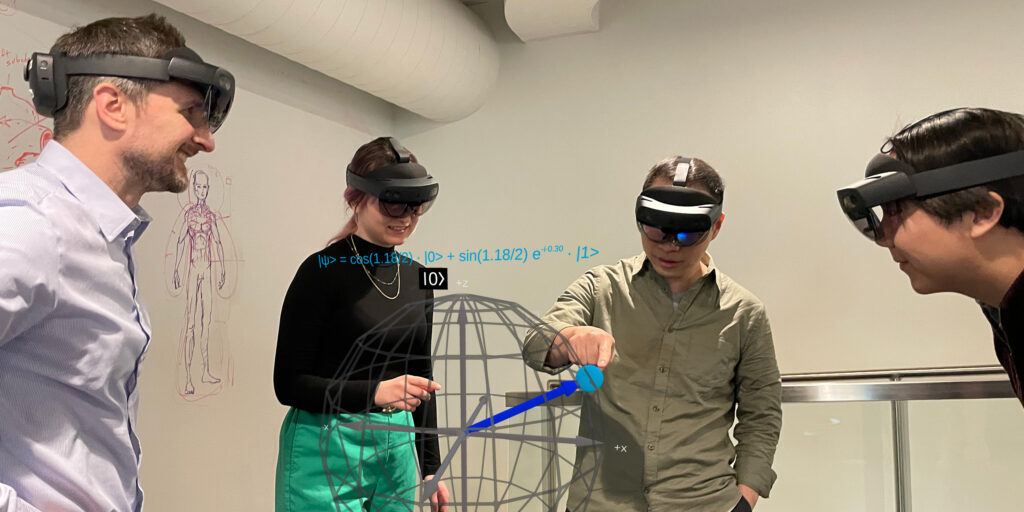
Quantum Realm for Immersive Education (QuRIE)
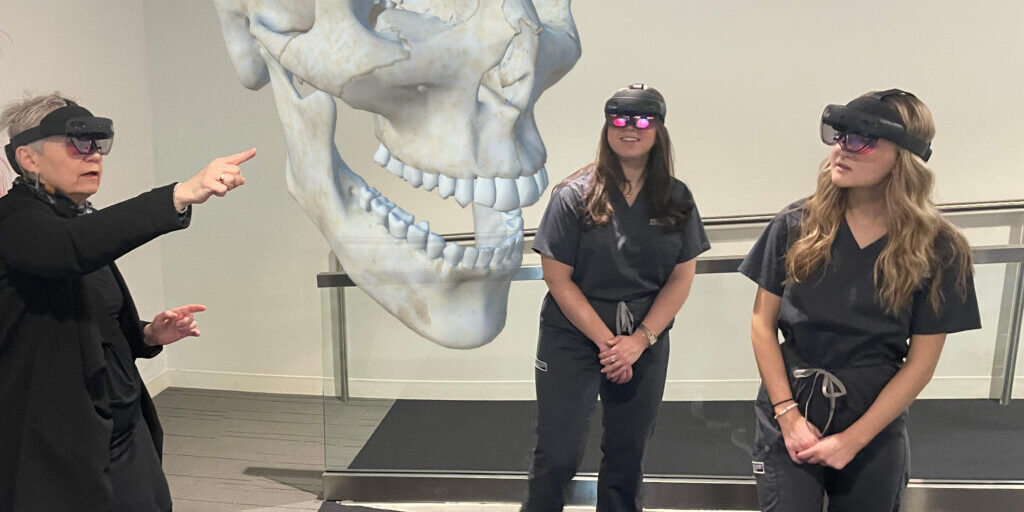
Jaws At Work (JAW)
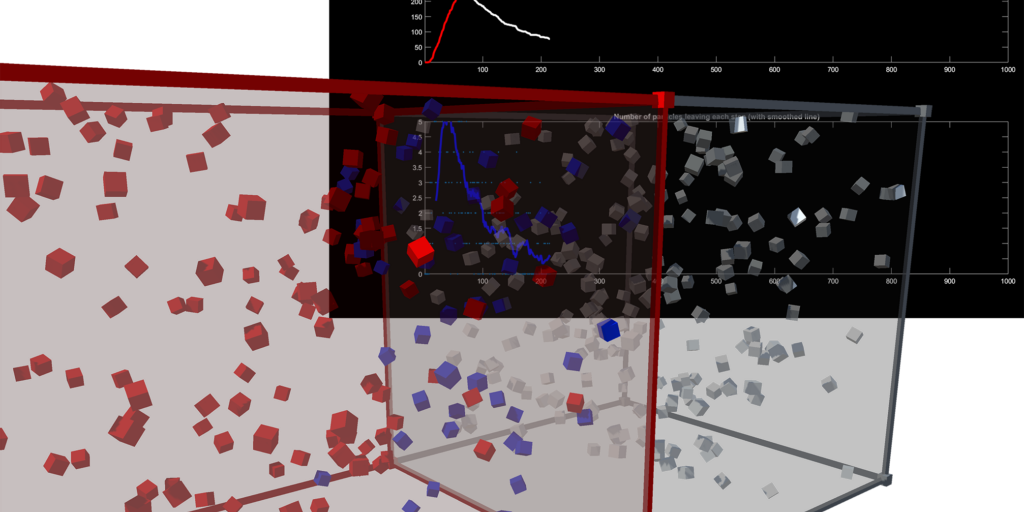
Biophysical Modeling
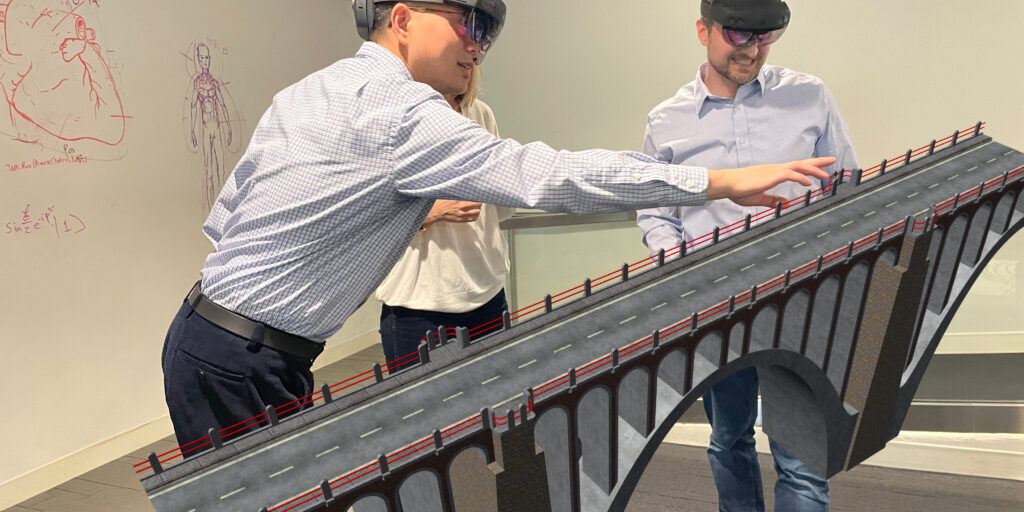
HoloBridge Inspector (HoBI)
Meet the IC Fellows
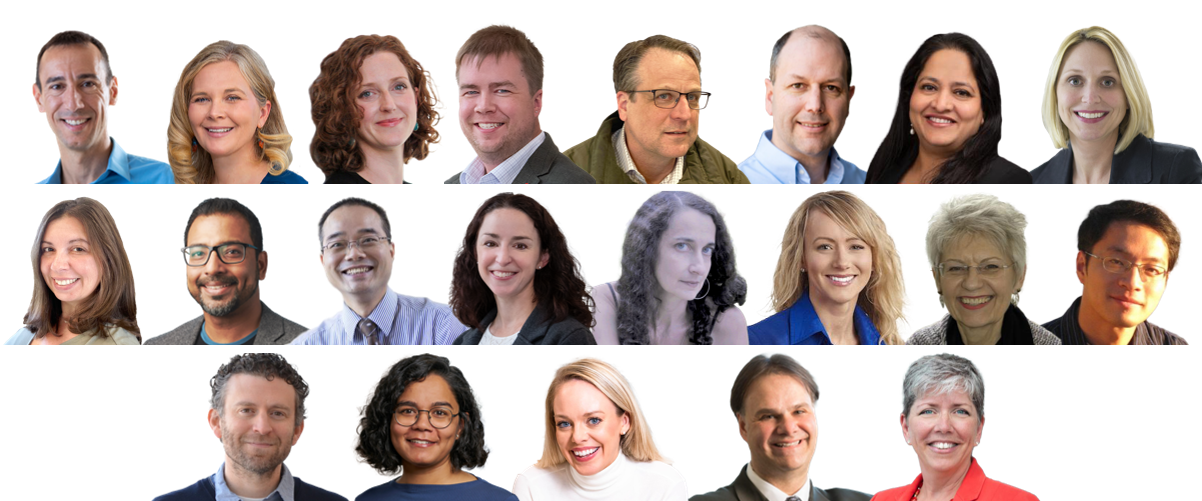
Top Row — Cohort 2022: Alp Sehirlioglu (Materials Science & Engineering; CSE), Laura Bruckman (Materials Science & Engineering; CSE), Maggie Popkin (Art History & Art; CAS), Michael Hore (Macromolecular Science & Engineering; CSE), Michael Martens (Physics; CAS), Steven A. Hauck, II (Earth, Environmental & Planetary Sciences; CAS), Sudha Chakrapani (Pharmacology; SOM), Tiffany Cashon (Human-Centered Design; WSM)
Second Row — Cohort 2023: Allison Hess-Dunning (Electrical, Computer, and Systems Engineering; CSE), Anirban Sen Gupta (Biomedical Engineering; CSE), Xiong (Bill) Yu (Civil & Environmental Engineering; CSE), Debra McGivney (Biomedical Engineering; CSE), Elina Gertsman (Art History & Art; CAS), Jenny Hawkins (Economics; WSM), T. Roma Jasinevicius (Comprehensive Care; SDM), Shulei Zhang (Physics; CAS)
Third Row — Cohort 2024: Daniel Goldmark (Music; CAS), Divita Mathur (Chemistry; CAS), Katie Nabors (Nutrition; SOM and Dance; CAS), Philip A. Cola (Design & Innovation, Organizational Behavior; WSM), Mindy Baierl (Veale Institute for Entrepreneurship; WSM)
HoloUniversity
Classroom
The new HoloUniversity Classroom is now open at the Freedman Center Collaborative Commons at Kelvin Smith Library.
There are thirty-two dedicated HoloLens devices available in the HoloUniversity Classroom, as well as training for faculty and students by [U]Tech support team members.
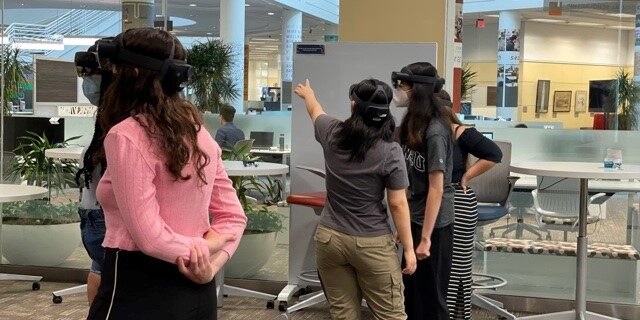
Take advantage of CWRU's homegrown holographic content, including HoloAnatomy® Software Suite, Antikythera Mechanism, Red Monastery, as well as other applications on the HoloLens App Store.
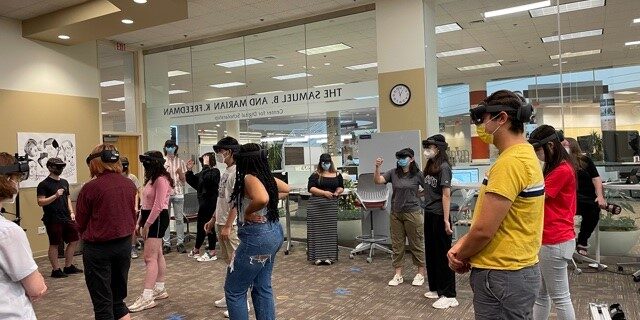
Grow your
idea
Here are some thoughts on the benefits of mixed reality as a teaching tool, and how to make a great class in XR.
First, it's important to play to the technology's strengths. One of the most impactful features of extended reality is its capacity to show the invisible (e.g., the structure of an atom, the subterranean environment of the Earth, or a building located thousands of miles away.)
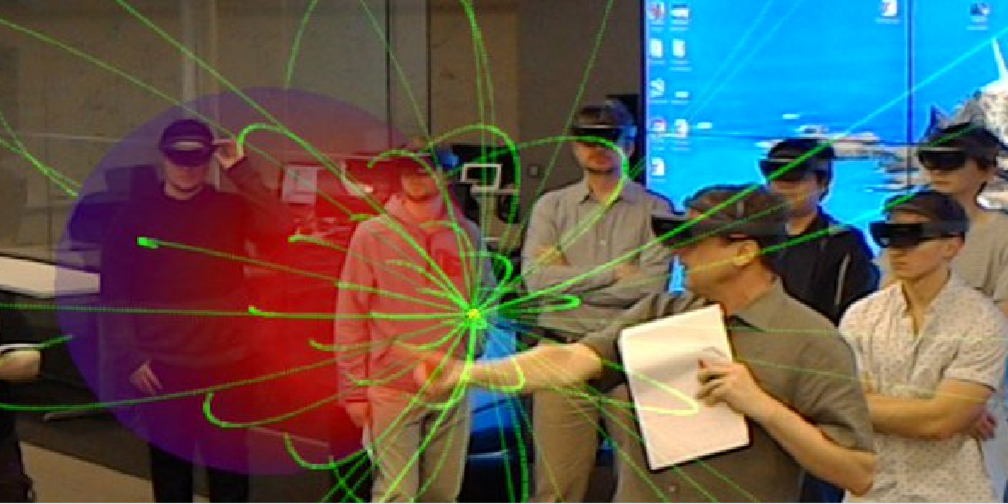
Professor Mike Martens using XR to teach electromagnetism.
Second, it's important for extended reality classes to be shared experiences, where everyone sees the same thing in the same place at the same time. This allows for active and natural collaboration, discussion, and discovery — just like in a great, traditional learning environment.
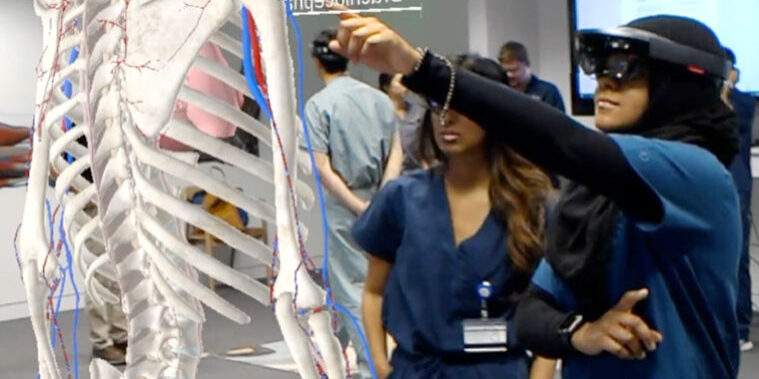
Medical students using HoloAnatomy® Software at the CWRU SOM.
Third, this is an Active Learning tool, not a 3D chalkboard XR classes work best when students and instructors are together, standing up and moving around to explore the holograms’ breadth, depth, relationships, and interiors. Chairs should be pushed aside.
